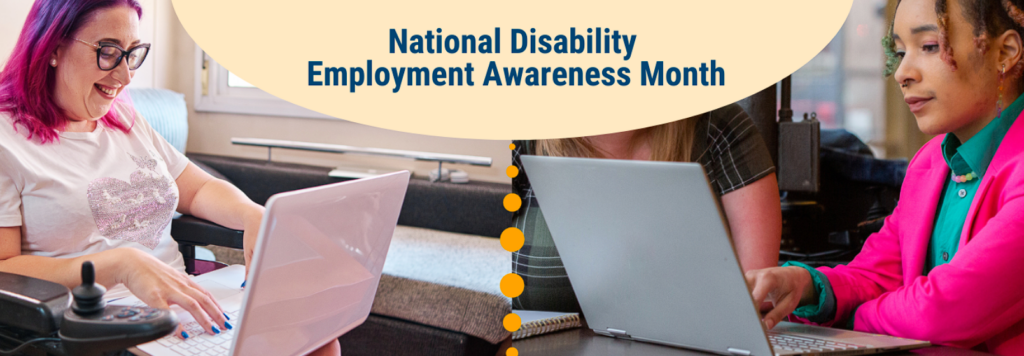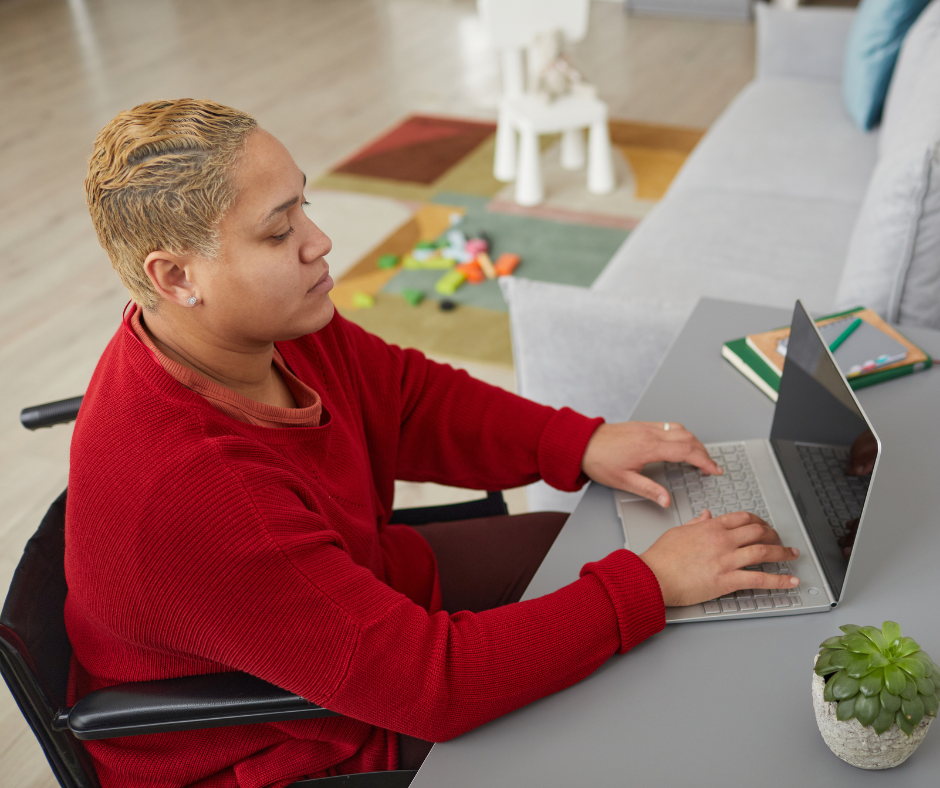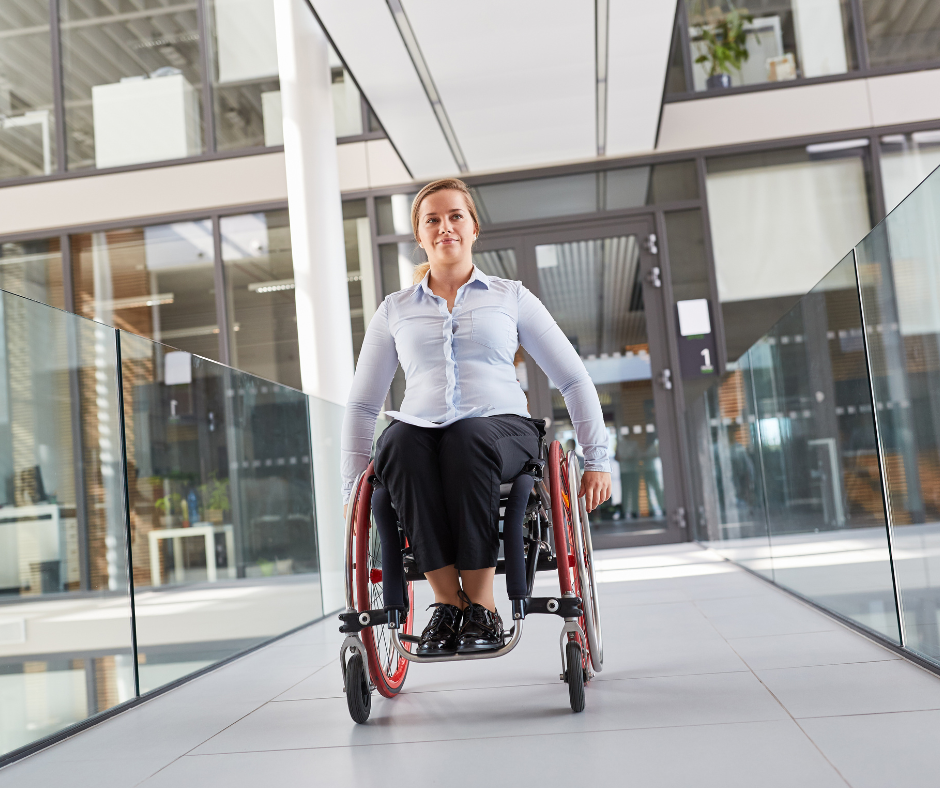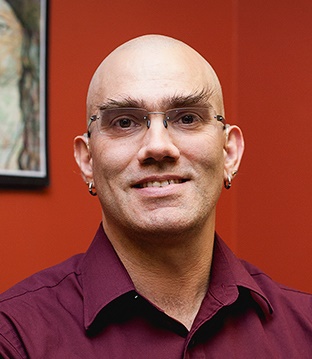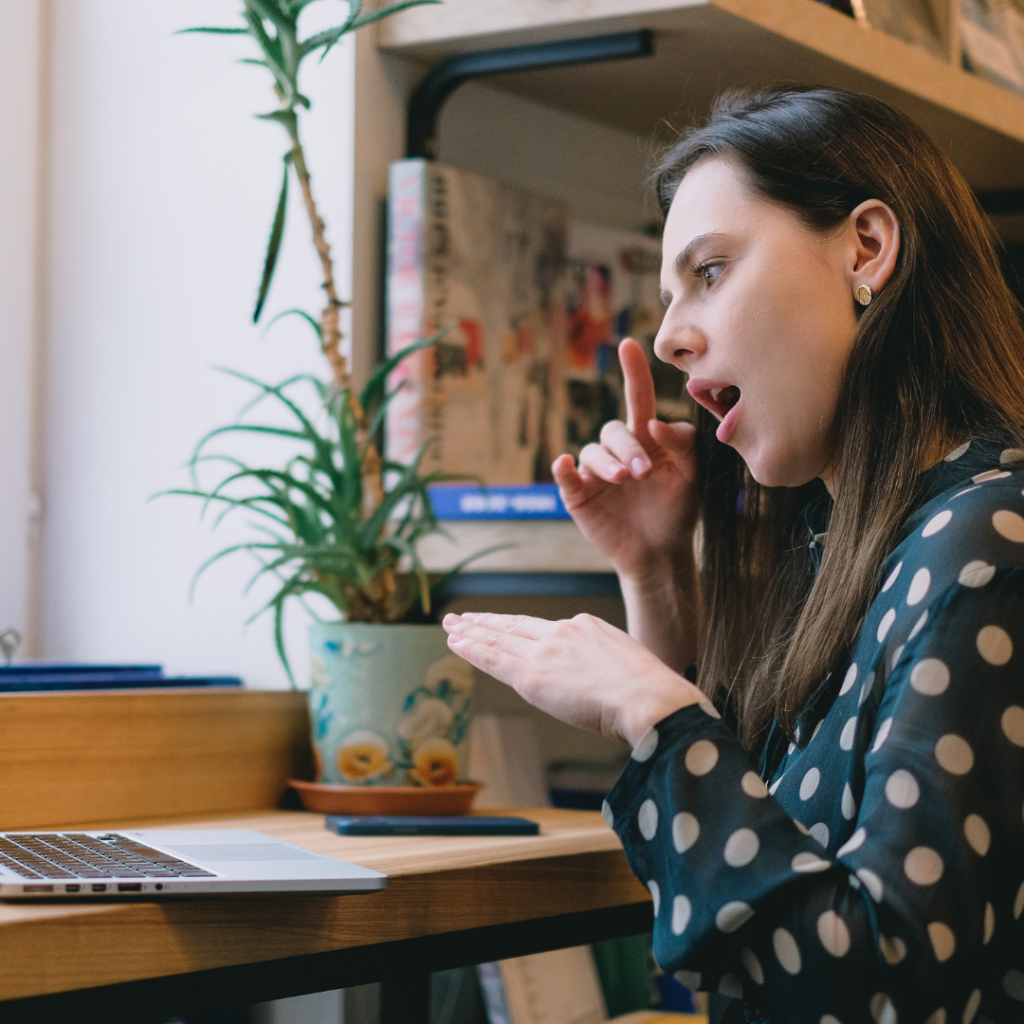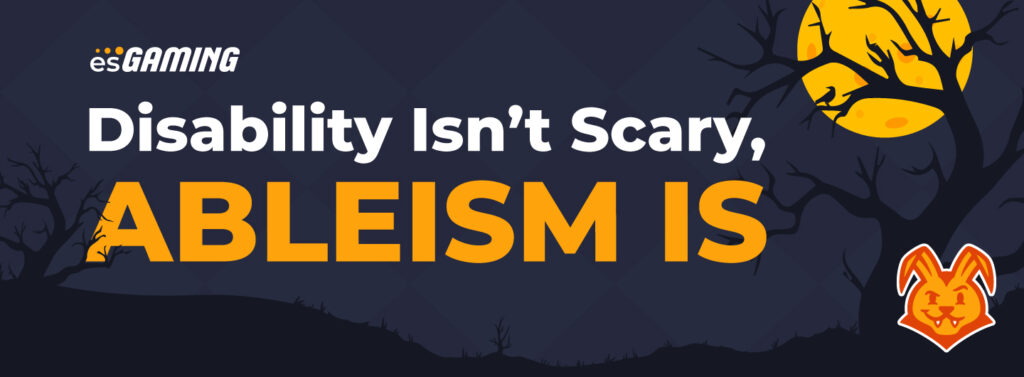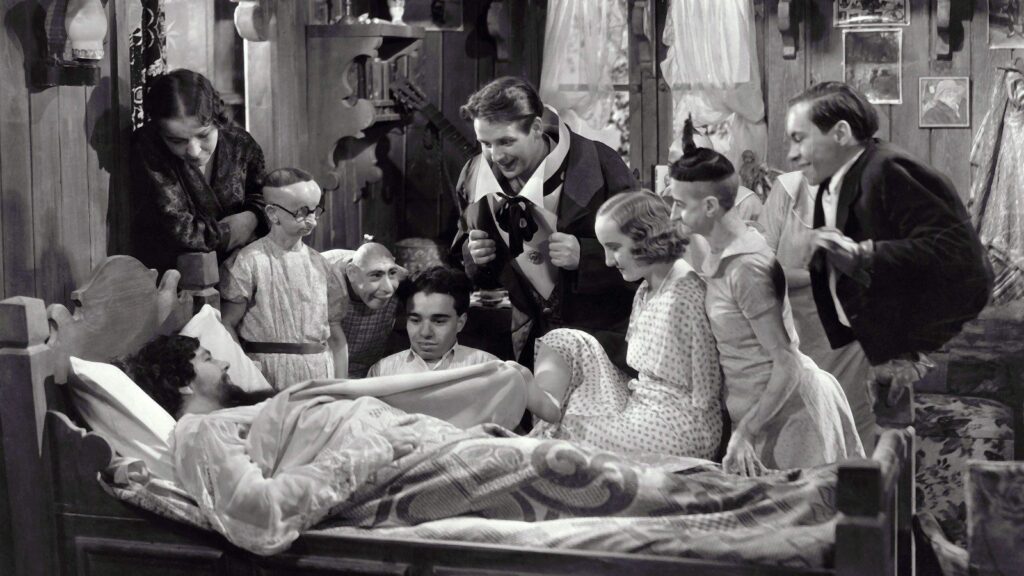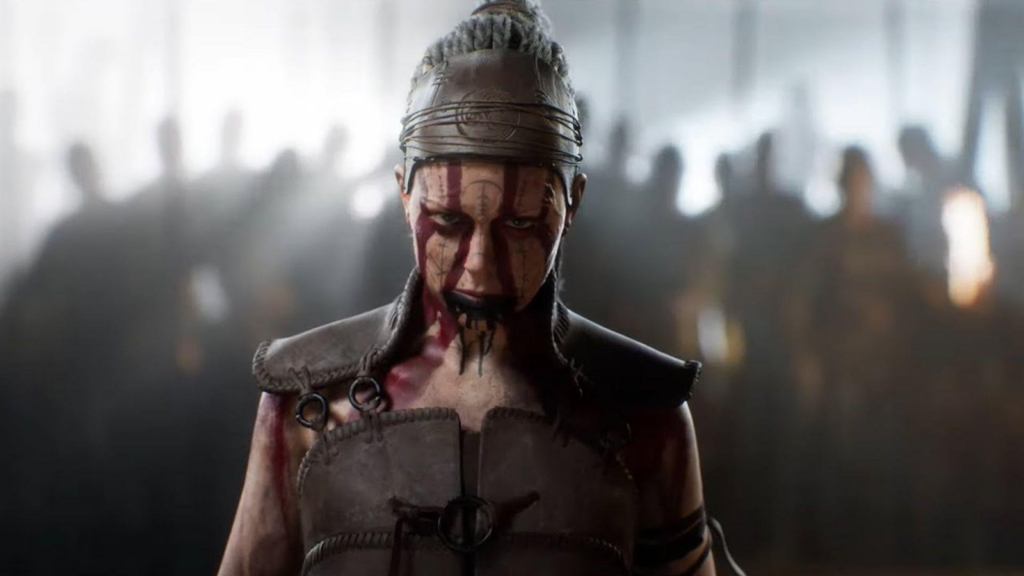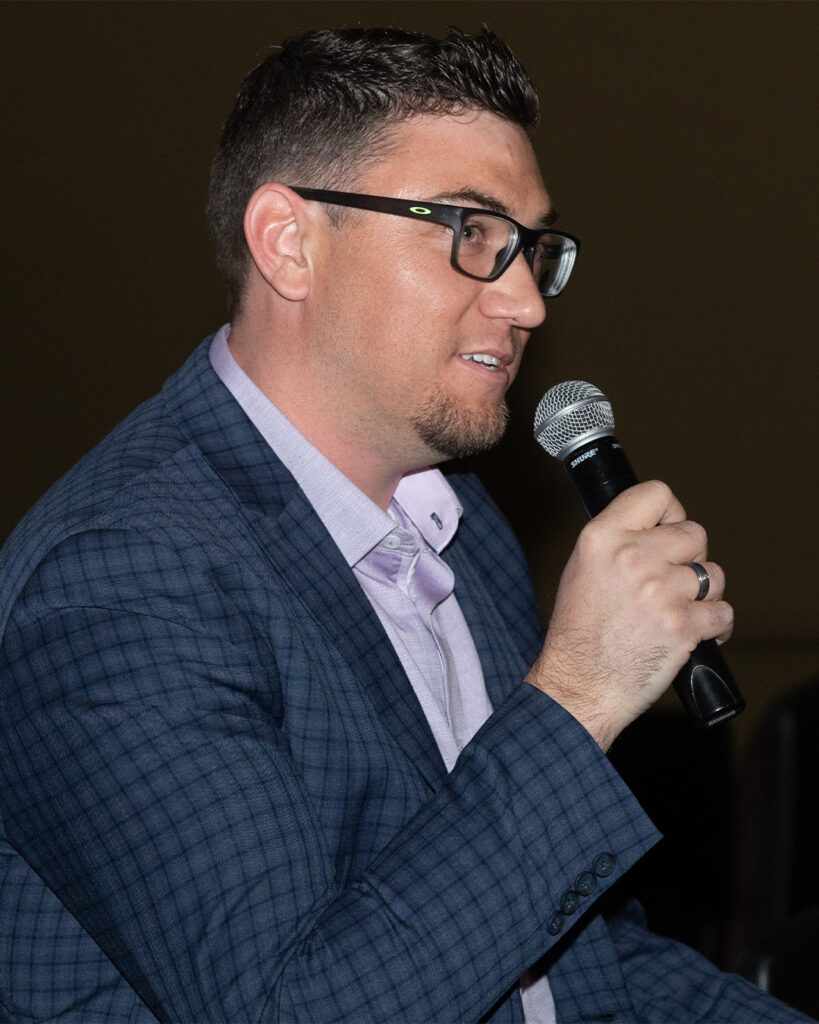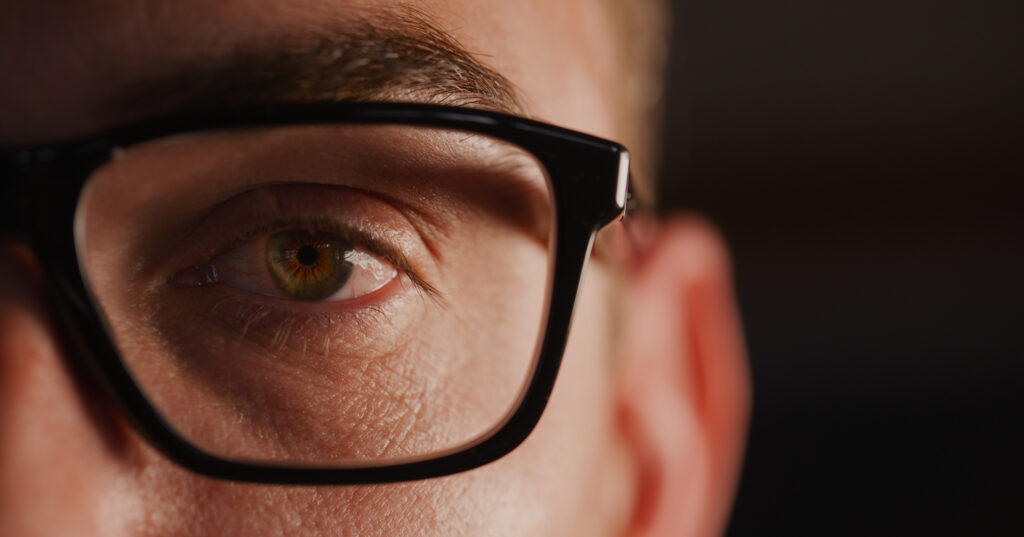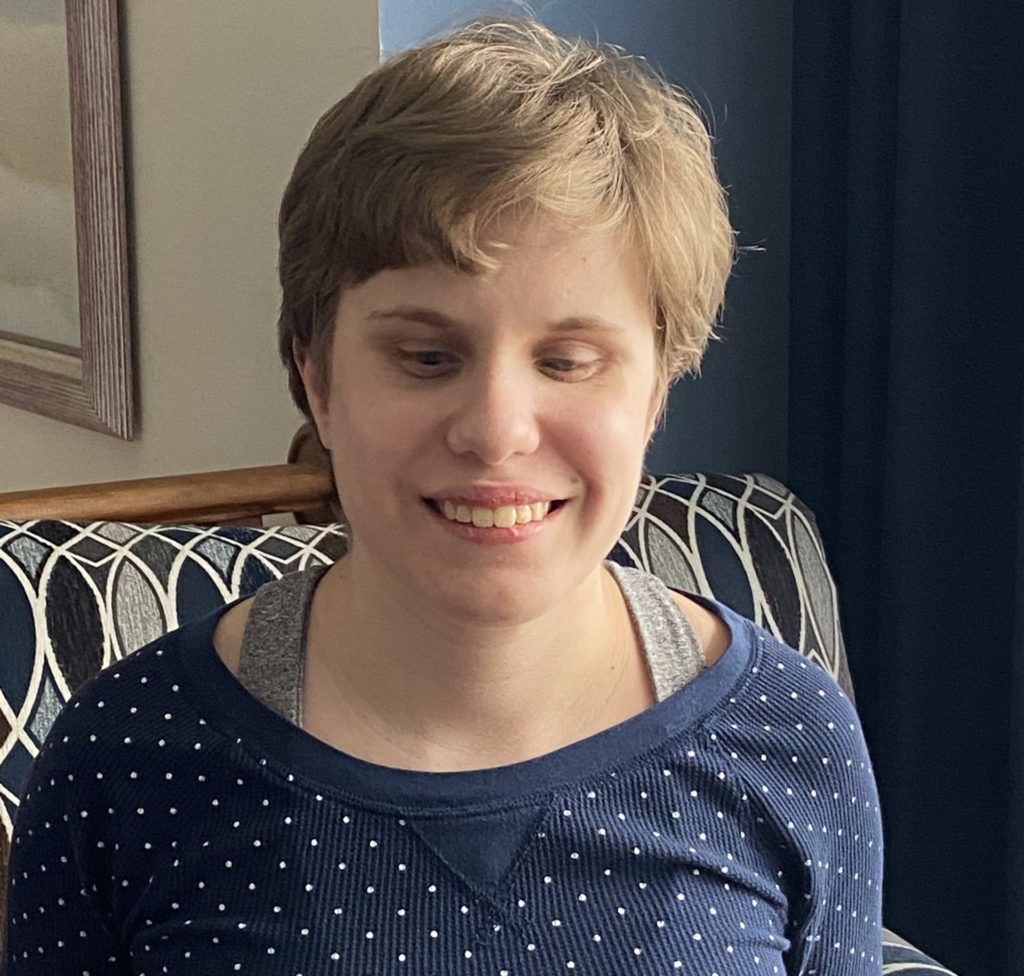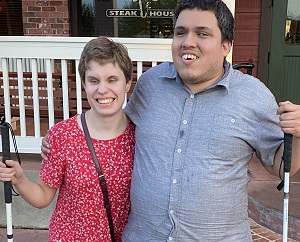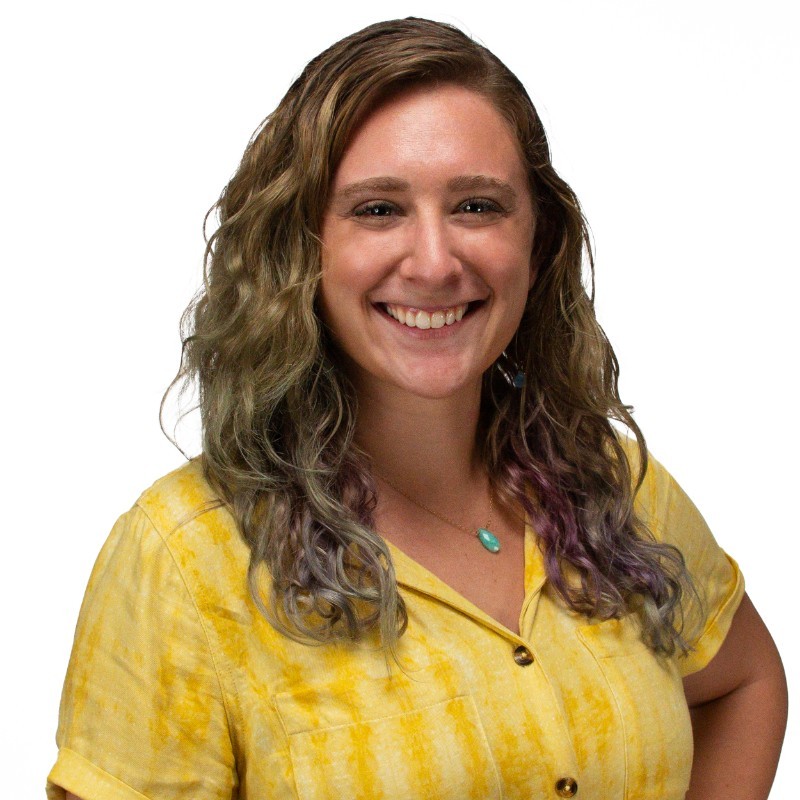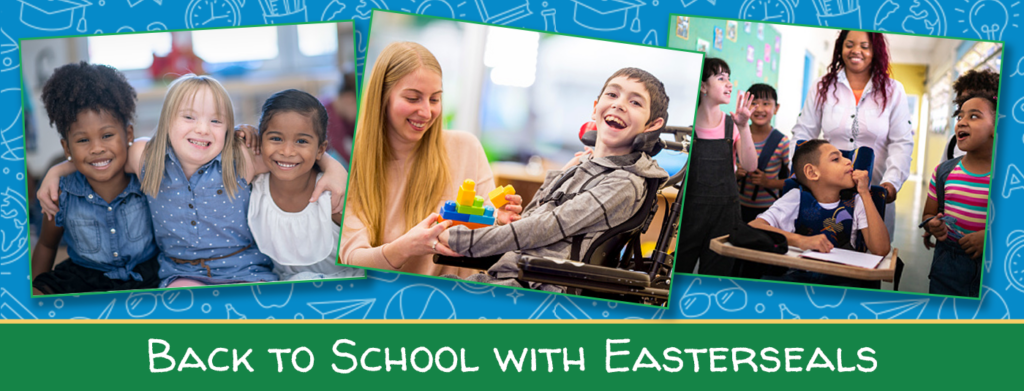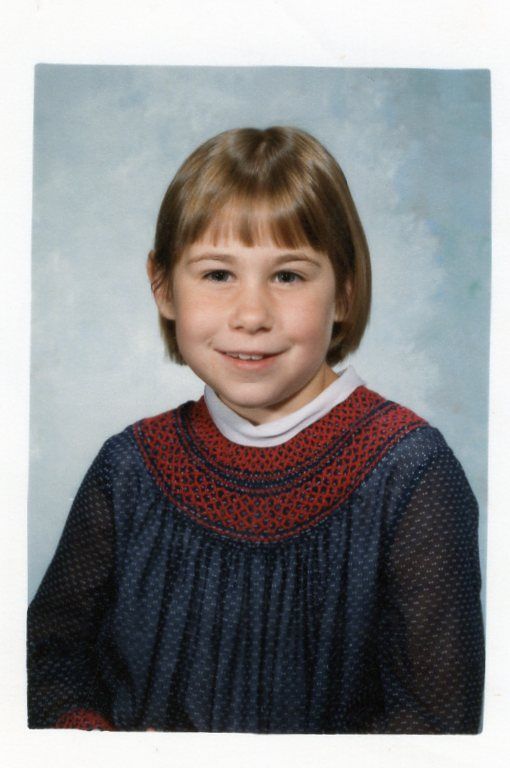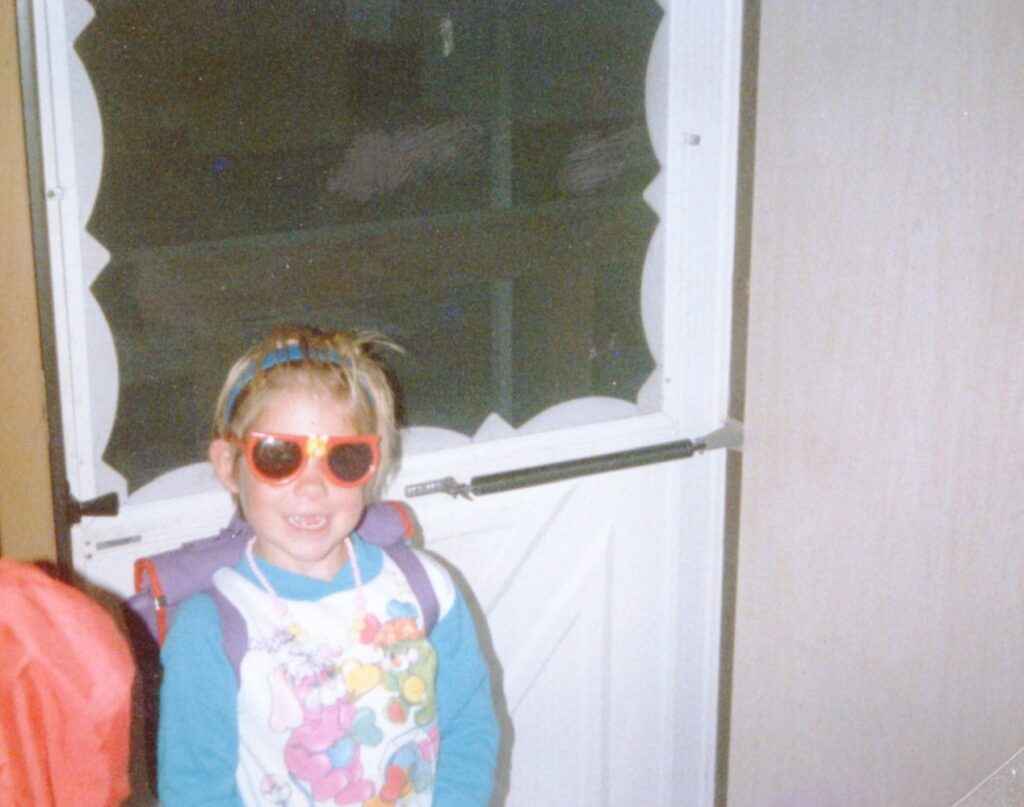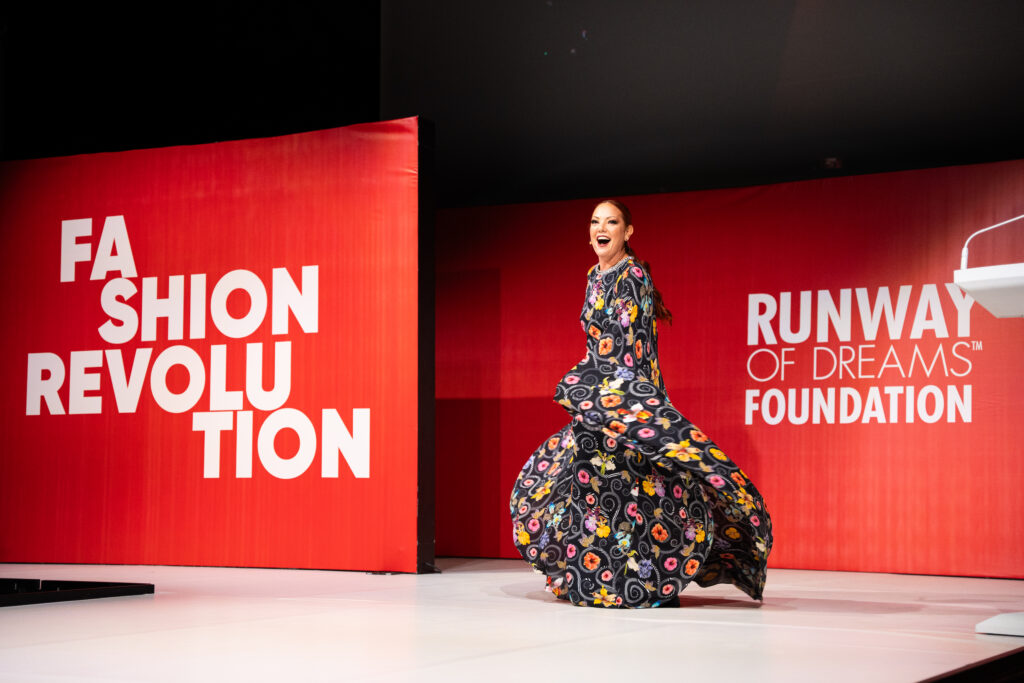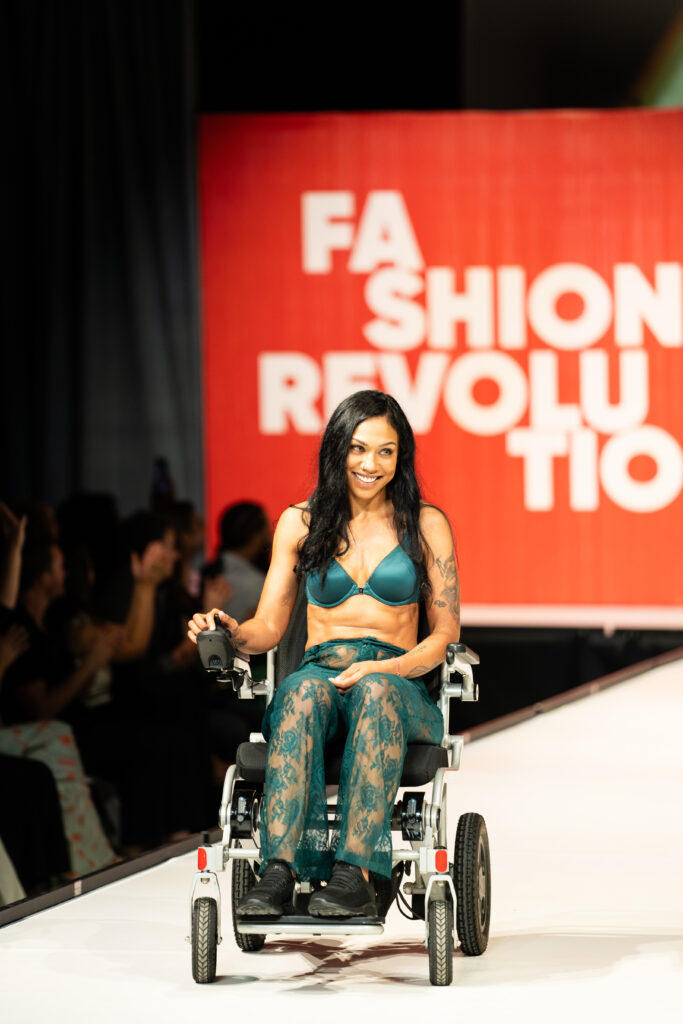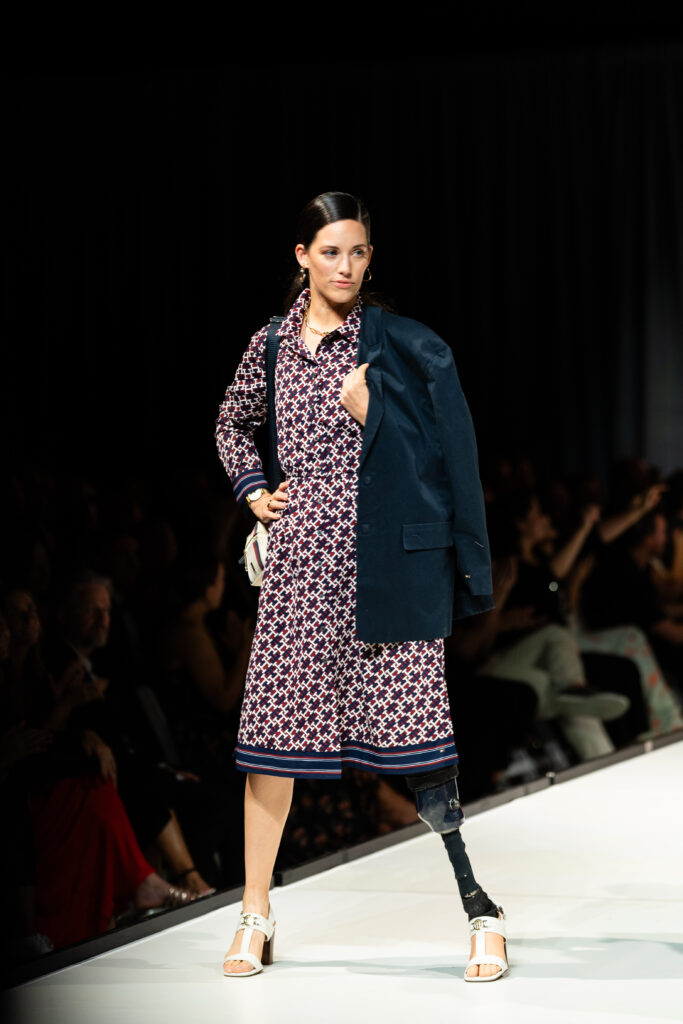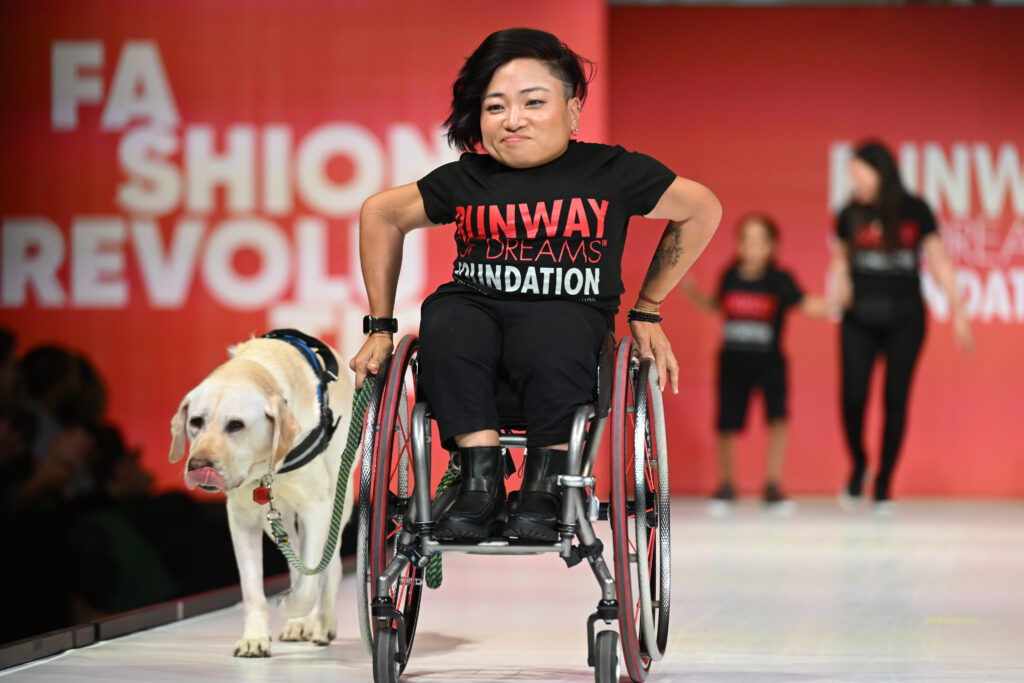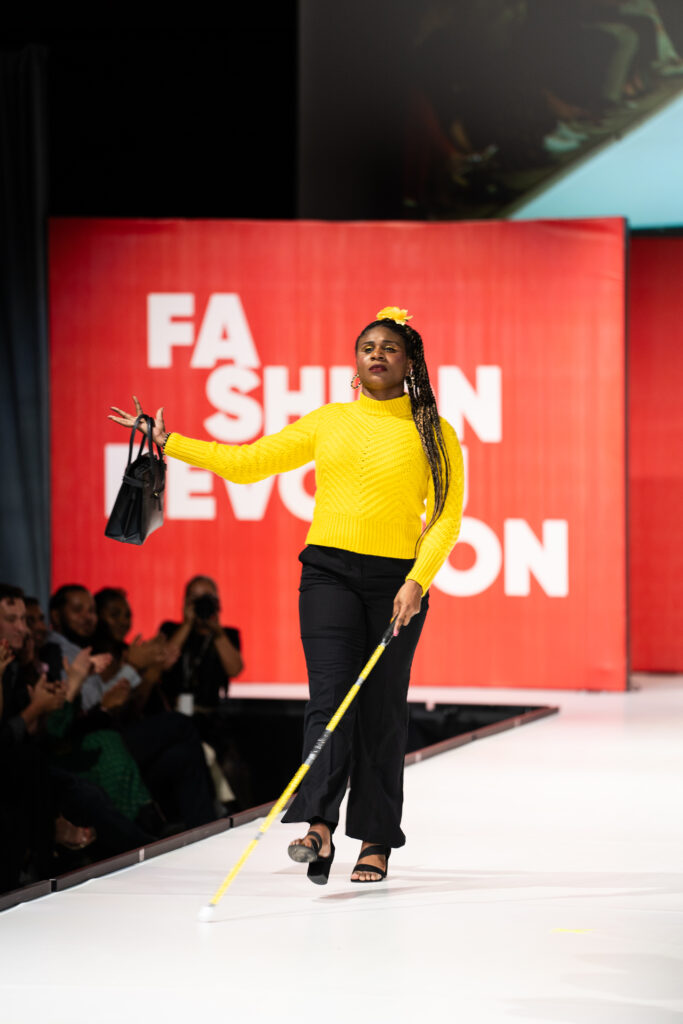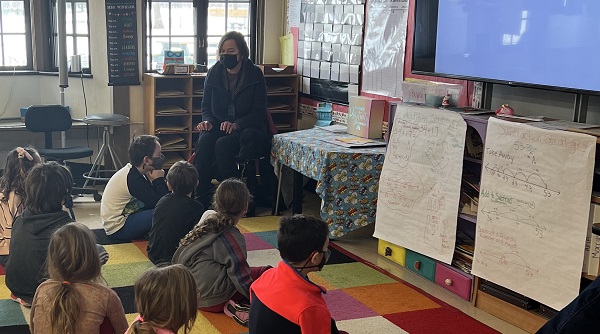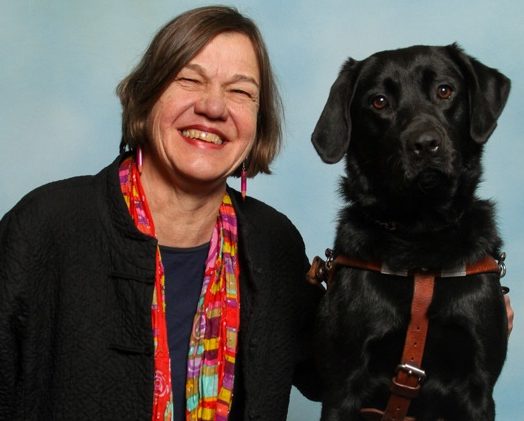Supporting Our Veterans: Mental Health, Employment, and Housing
by Blog Writers
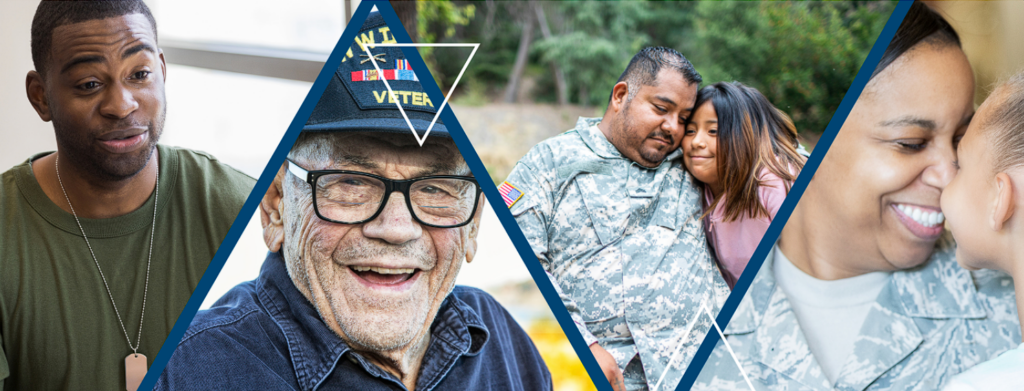
Editor’s Note: Many thanks to Jon Horowitch, President & CEO of Easterseals DC MD VA, for providing this information.
For some veterans – though certainly not all – the transition to civilian life can present challenges. For instance, unemployment (or underemployment) can lead to anxiety – a situation experienced by veterans and civilians alike. In the words of Deborah Mullen, military family advocate and the spouse of Adm. Michael Mullen (Ret.), 17th Chairman of the Joint Chiefs of Staff, “veterans want what every other American wants: a good job, one for their spouse or partner, a good education for their children, and a place to call home.” Mullen also serves as an Honorary Board member of Easterseals DC MD VA.
For veterans who need assistance readjusting, the challenges can be simple or complex. The first step toward resolution should be understanding the root causes of the situation and a coordinated, holistic approach to support can make that discovery process more effective. For instance, a recently transitioned service member may need assistance securing his first civilian job, while he is also managing unseen injuries. Helping that veteran find employment without also helping him heal psychologically lowers his chance of beginning a successful, long-term civilian career. Easterseals DC MD VA, which offers extensive programming for veterans and military families, has a Homeless Veterans Reintegration Program. This initiative works with veterans experiencing or at risk of homelessness and prepares them for long-term employment while also addressing complex transitional needs. They help clients enroll in local support services to address legal, housing, health, and other concerns, and stay with their clients every step of the way to ensure a successful transition.
 Members of the military are part of a community, depending upon one another to achieve their collective mission. When leaving service, the loss of community can be one of the biggest adjustments that the veteran must make, so finding support from a new community can be immensely helpful. Easterseals recognizes the value of those connections and can help introduce military families to others who share their experiences. Easterseals’ Respite Programs, for example, help ease the challenges of being or caring for a wounded warrior, veteran, or active-duty military while also looking after children and promote connections with other caregivers. As a result, military families enjoy the emotional and social support that comes from those relationships.
Members of the military are part of a community, depending upon one another to achieve their collective mission. When leaving service, the loss of community can be one of the biggest adjustments that the veteran must make, so finding support from a new community can be immensely helpful. Easterseals recognizes the value of those connections and can help introduce military families to others who share their experiences. Easterseals’ Respite Programs, for example, help ease the challenges of being or caring for a wounded warrior, veteran, or active-duty military while also looking after children and promote connections with other caregivers. As a result, military families enjoy the emotional and social support that comes from those relationships.
Additionally, a veteran’s mental health closely intertwines with their ability to manage civilian employment. Successfully coping with the unseen effects of service brings stability to a person’s outlook and relationships, making it possible to begin a rewarding, long-term career. The economic benefits of that stability not only bring pride and the ability to provide for one’s family, but also make it possible to own a home.
Kendra Davenport, President and CEO of Easterseals, adds: “So much of a veteran’s identity is tied throughout their active-duty service to the military branch in which they serve. While on active duty, they are part of something important and part of a very tightly-knit work community that not only supports them but supports their families as well. When they separate from the military, they leave that community and they leave behind the support and solidarity and shared values, work ethic and purpose. Finding new employment can be a challenge and it is compounded by the fact that a job checks just one of the many boxes they must refill. It often fails to provide the support and strong sense of belonging veterans recognize and often feel while they are on active duty. The void can create mental stress and anxiety that can lead to depression. For all these reasons and more, Easterseals places tremendous importance on not only helping veterans secure meaningful jobs but also on their mental health.”
Visit our website to learn more about how Easterseals supports veterans. You can also tune in to Soldier for Life, a podcast that spotlights Easterseals DC MD VA services for transitioning veterans.







